First AIP Submarine
Submarines are an extremely effective weapon that can restrict the enemy’s action and scope of operation just by hinting its presence in the surrounding waters. This advantage has led the Japanese Navy (JMSDF) to develop conventional submarines often regarded as the world’s best, an asset undoubtedly useful to counter the Chinese Navy.
Among the 22 Japanese submarines in service, more than half belong to the “Soryu-class.”
- General Overview
| Displacement | 2,900 tons (standard) |
| Length | 84m (275ft) |
| Beam | 9.4m (30.8ft) |
| Crew | 65 members |
| Surface Speed | 13 knots (24km/h, 14.9mph) |
| Underwater Speed | 20 knots (37km/h, 23mph) |
| Armament | 533mm Torpedoes Harpoon Anti-Ship Missiles |
| Cost | 530 million USD |
Introduced in 2009, the Soryu-class is the first Japanese submarine to adopt the Air-Independent Propulsion (AIP) system, greatly surpassing the previous “Oyashio-class” in terms of submerged duration.
Whereas diesel-engine submarines require periodic surfacing to replenish oxygen, the AIP system ameliorates this disadvantage and minimizes any exposure to the surface, reducing the risk of enemy detection.
To utilize this advantage, the Soryu-class has incorporated AIP technology by using a “Stirling engine” though the final two vessels opted for lithium-ion batteries instead (lithium-ion batteries can endure longer during high-speed underwater navigation).
The new propulsion system does come with a cost of shrinking the living space, but it has allegedly improved the submarine’s unique odor, contributing to crew comfort.
Quiet and More Maneuverable
Alike its predecessors, efforts to improve stealthiness have continued, with the entire submarine covered in sound-absorbing tiles to enhance quietness. This commitment to acoustic absorption extends to the interior, incorporating sound-absorbing and sound-proof materials throughout the ship.
The Soryu-class also features better maneuverability thanks to the new “X-shaped”rudder which breaks away from the conventional cross-shaped ones. This alteration not only increases underwater agility, but also reduces the risk of damaging the rudder when the settling on the seabed for ambushes.
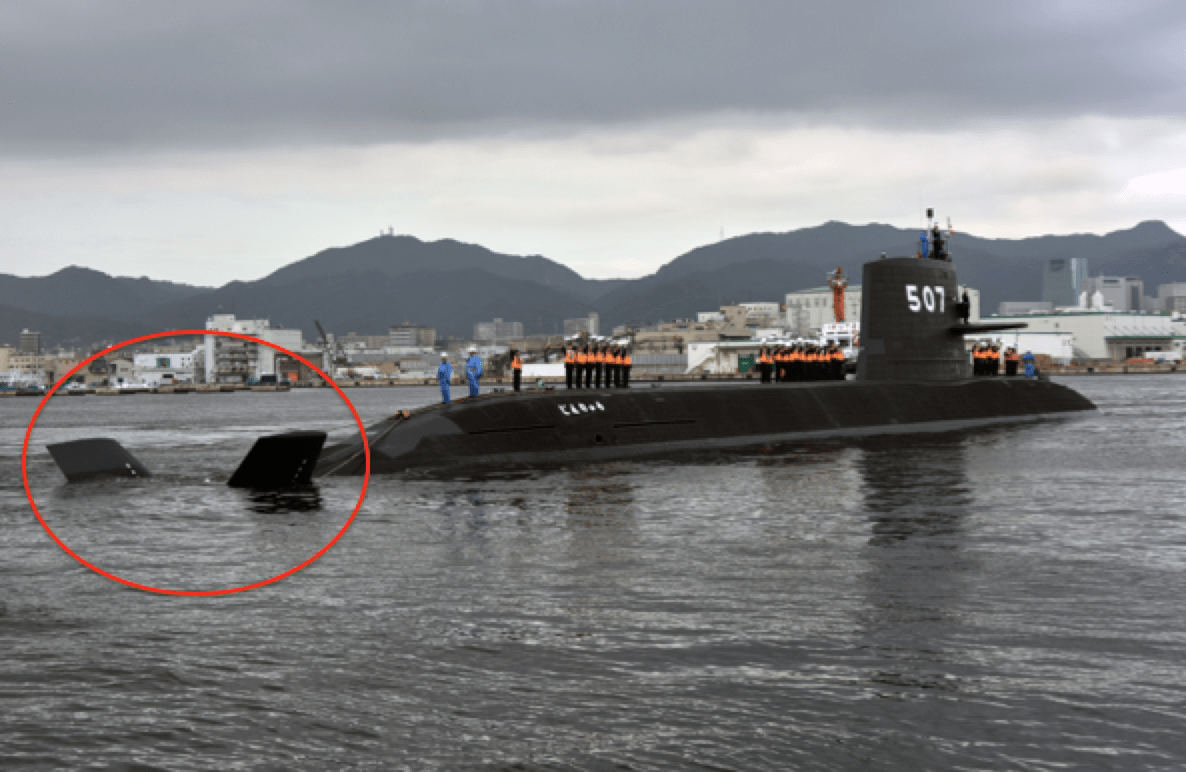 The distinct X-shaped rudder (photo: JMSDF)
The distinct X-shaped rudder (photo: JMSDF)
Other improvements such as accelerated information processing, centralized management, and enhanced network capabilities facilitate easier coordination with fleet headquarters.
How Long, Deep Can It Submerge?
So far, we have seen how the Soryu-class is superior to the Oyashio-class, but exactly how long can it submerge?
Unfortunately, the specific details are obviously classified as it is one of the highest military secret in Japan.
However, if we limit the missions to low-power activities like ambushes, it is estimated that the Stirling engine-equipped submarines can stay submerged for approximately two weeks, while the lithium-ion battery variant can potentially reach up to a month.
More active operations, such as searching or tracking targets, would increase power consumption and reduce the duration.
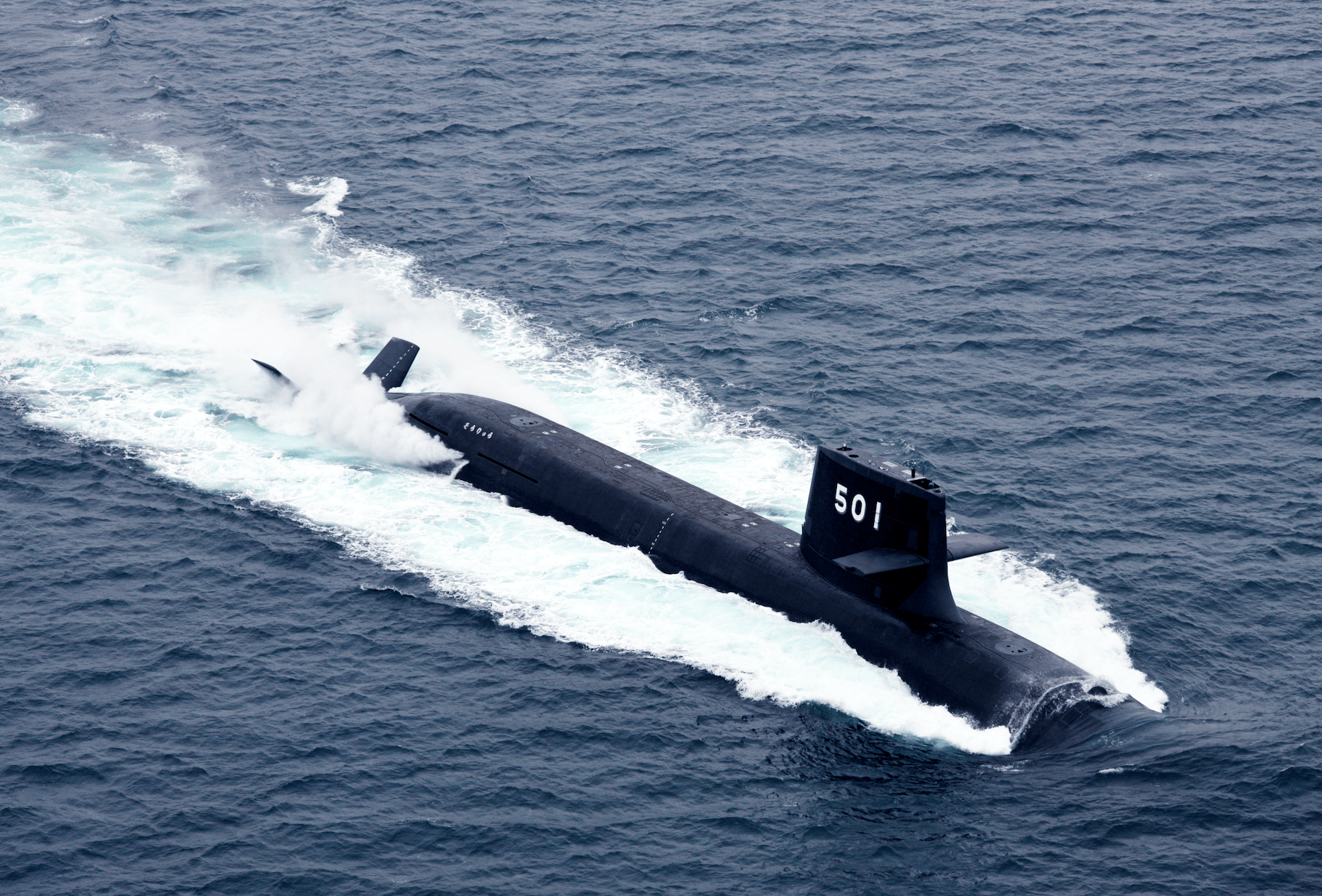 Top-secret Soryu-class submarines (photo: JMSDF)
Top-secret Soryu-class submarines (photo: JMSDF)
The next question would be how deep it can dive.
Though speculative, we can assume that the Soryu-class can operate at depths ranging from 700m〜900m (2,296〜2,952ft) due to the following three factors:
- The new steel material used in the hull can theoretically withstand up to 1,000m (3,280ft).
- The Type-89 torpedoes used by the Soryu-class can reach up to 900m.
- The maximum diving depth of the previous Oyashio-class is approximately 800m (2,624ft).
The second point does require consideration that maximum torpedo depth is not equivalent to the submarine’s diving capability, but it does suggest that the ship can operate at depths close to such figure.
As such, the Soryu-class are known for their impressive submersion duration and depth capabilities, significantly lifting the overall potential of the JMSDF submarine fleet.
A Successor Already
Serving as the backbone of the Japanese submarine fleet, the Soryu-class is expected as a key asset in countering the growing Chinese Navy . Out of the total twelve submarines, eight have been designated to Kure Naval Base in Hiroshima Prefecture which is closer to China than Yokosuka Naval Base.
Despite being still young and active, the “Taigei-class” submarines have already been introduced as the next generation, though even the oldest Soryu-class will remain in service for at least another decade.
Nonetheless, the fact that the Soryu-class is no longer Japan’s latest submarine provides another opportunity for overseas export. To be clear, Japan is hesitant when it comes to exporting submarine technology, but diesel-powered submarines are one the few areas where Japan actually has a chance to compete.
For instance, the Soryu-class was considered as a candidate for Australia’s new batch of submarines back in 2014. Although this export deal eventually fell through, the Soryu-class is still without a doubt one of the best conventional submarines in the world and its capabilities are worth every dollar.
Since Japan replaces an existing submarine with a new one each year, retired Soryu-classes may become strong contenders for countries seeking conventional submarines.


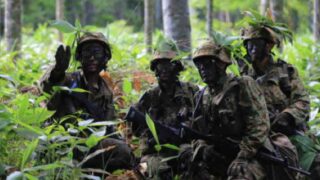
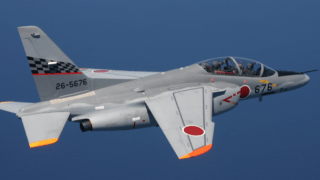
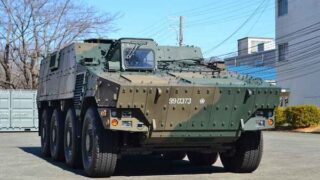
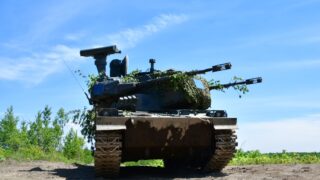
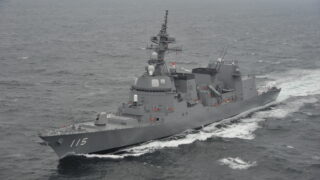

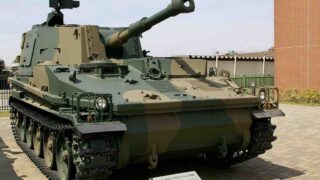
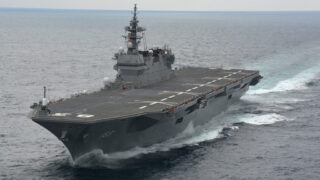
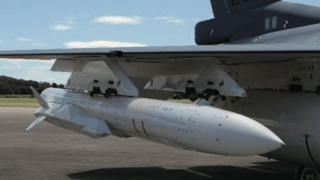
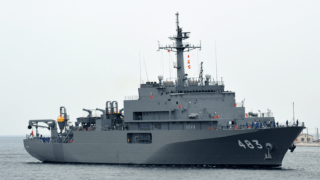

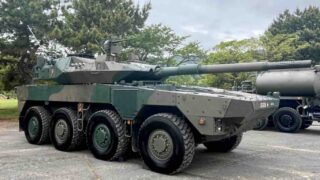
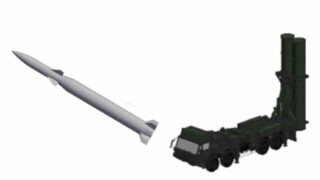
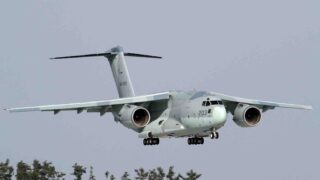
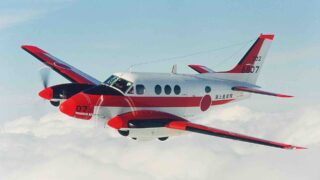
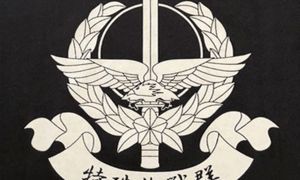

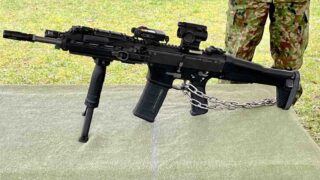
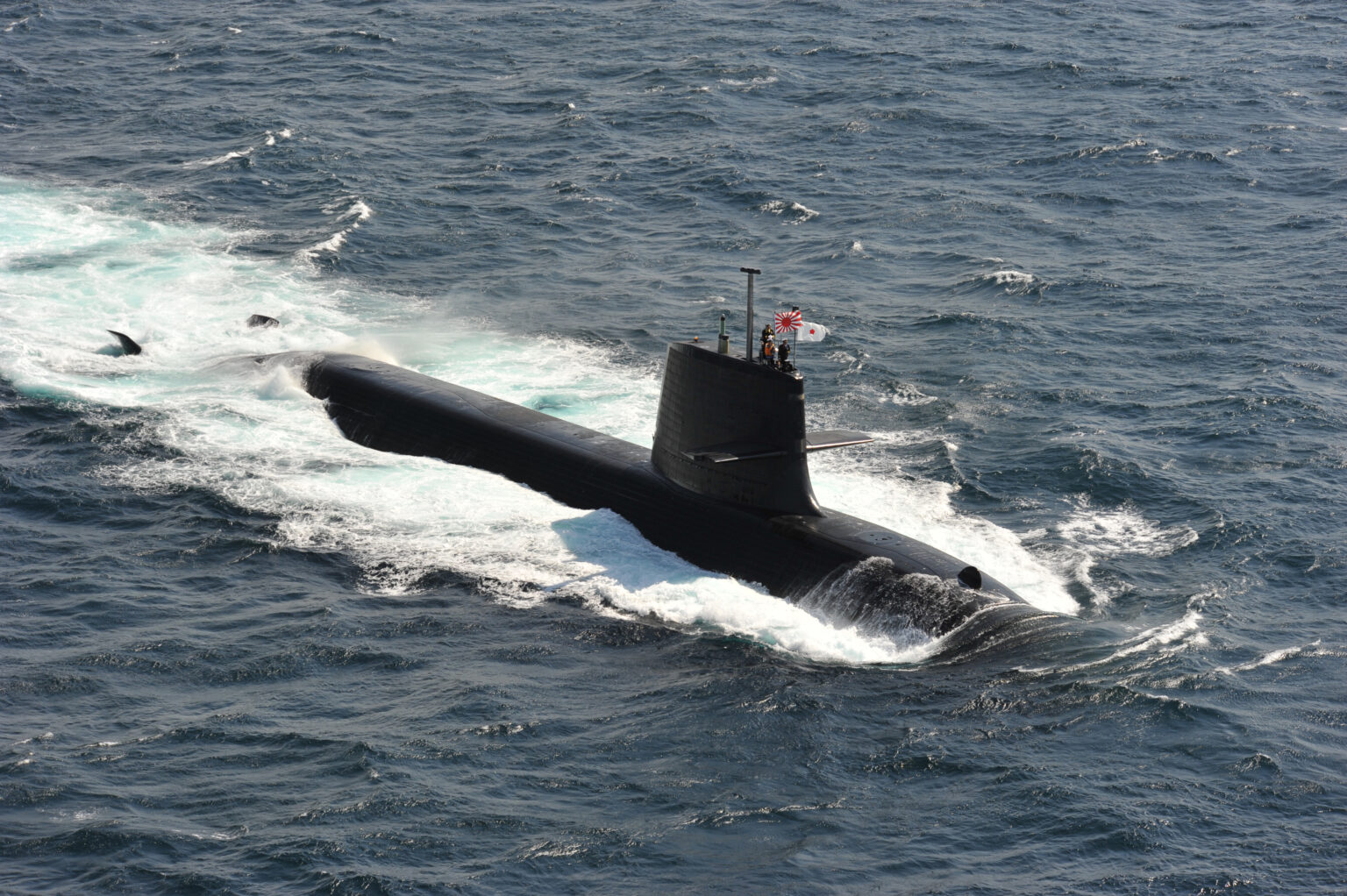
Comments